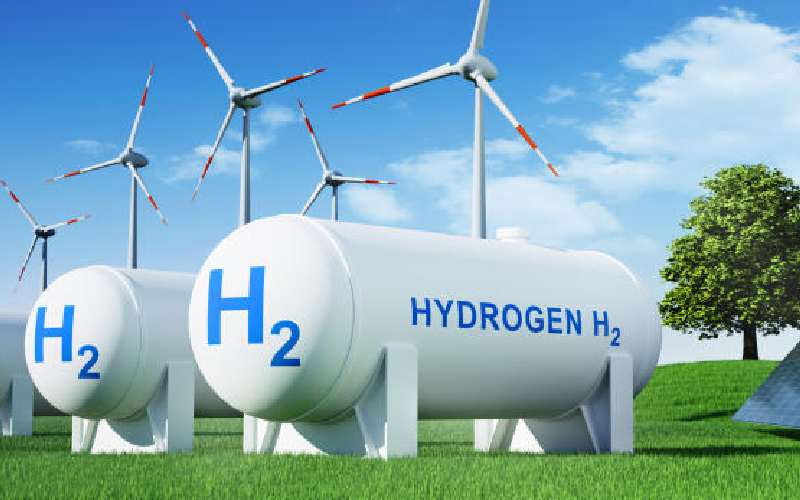×
The Standard e-Paper
Smart Minds Choose Us

Kenya is racing to embrace green hydrogen production as it seeks to catch up with the early adopters of the new technology globally and cement its renewable energy legacy.
The country has laid out plans to start and accelerate production of the gas while seeking to attract firms that can make use of green hydrogen as a modality of decarbonising their operations.